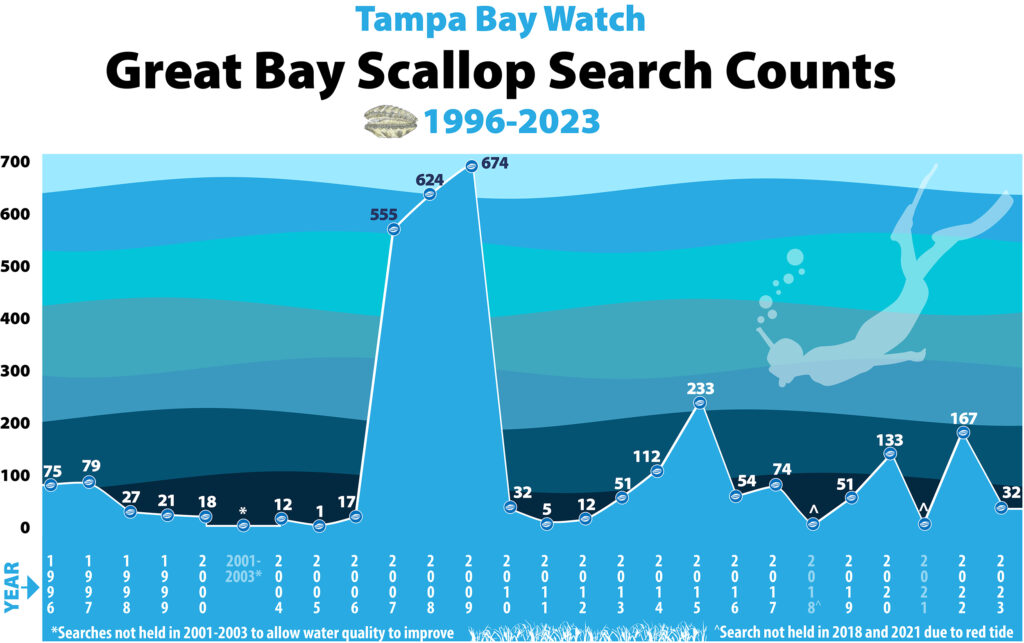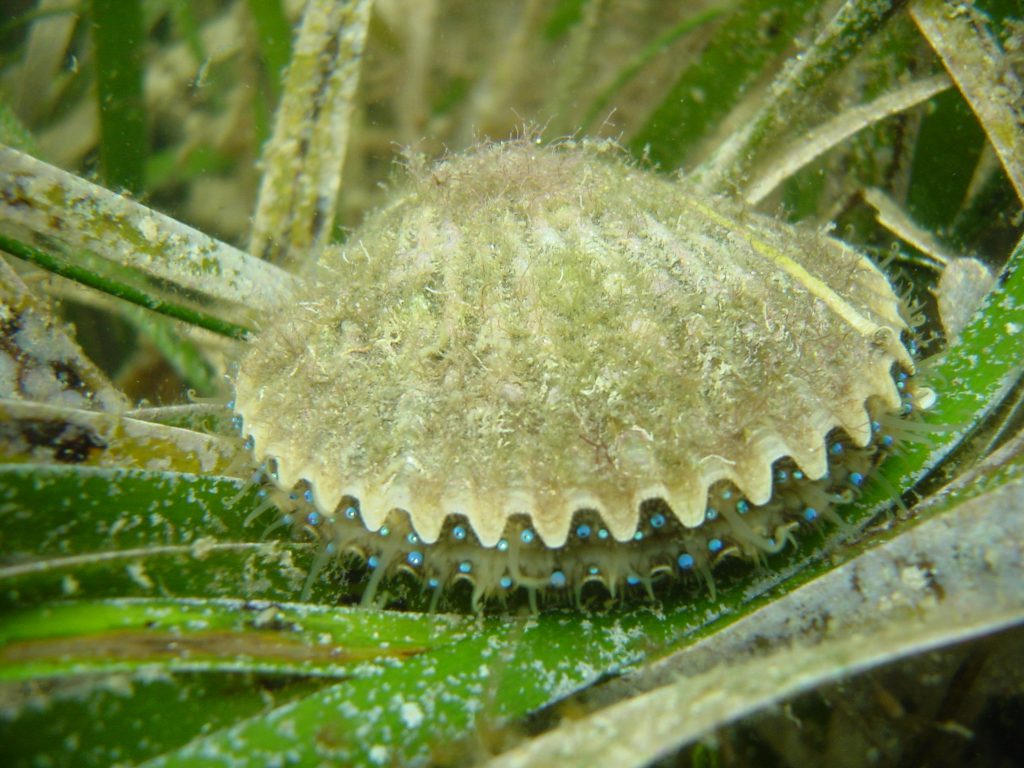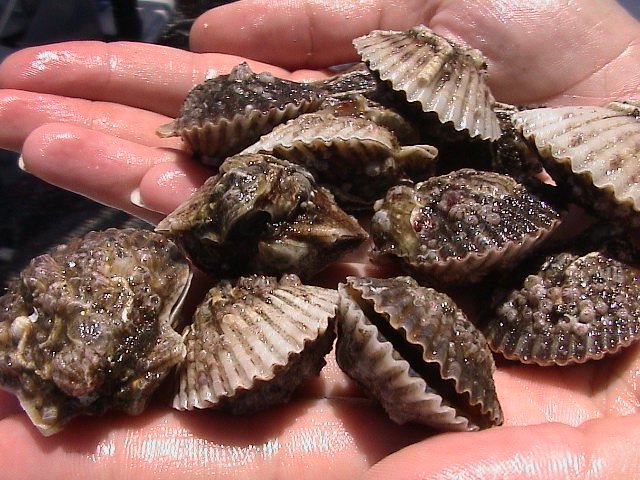Tampa Bay Watch, in partnership with the Tampa Bay Estuary Program, invites snorkelers, boaters, and kayakers to participate in the 30th Annual Great Bay Scallop Search on Aug. 2, 2025. Volunteers will help monitor the health of the bay scallop population, with this year’s event expanding to include Emerson Point Preserve in Palmetto, Fla. Your involvement is crucial in supporting Tampa Bay’s ongoing marine conservation efforts.
Since 1993, this event has been a cornerstone of our efforts to monitor and document the health and status of the local bay scallop population. Volunteer snorkelers and boaters will meticulously search designated sites within Middle and Lower Tampa Bay, Boca Ciega Bay, and the newly added Emerson Point Preserve in Palmetto, Florida. The search outcomes vary annually, influenced by factors such as water quality, red tide, rainfall, and storms. The record high was set in 2009 with an impressive 674 scallops found.

When: Saturday, August 2, 9 AM – 1 PM
A captain’s meeting at 9 AM will provide essential instructions to all participants before they embark.
Where: Volunteer boaters, kayakers, and snorkelers will assemble at the following locations:
Thank you to the City of St. Petersburg, Pinellas County, and Manatee County for providing the space for these events.
Register your boat:
Register as a kayaker:
About the Bay Scallop: The bay scallop (Argopecten irradians) is a fascinating member of the bivalve family, known for its two-part shell. These small but mighty creatures grow to about two inches and boast an array of tiny blue eyes along the edge of their shell that detect movement and warn of approaching predators. When the water becomes too silty, or predators are near, they close their shells to protect their delicate gills.

Nature’s Cleaners: Bay scallops are more than just a pretty shell. As filter feeders, they continuously clean the bay’s water by filtering out small particles of algae and organic matter. This not only benefits the water quality but also provides a crucial food source for bay crabs and other species. Bay scallops are incredibly sensitive to pollution, earning them the nickname “underwater canaries.” Their presence and health can signal changes in water quality, making them essential for monitoring the bay’s ecosystem.

Population Influencers: Red tides, heavy rainfall, and storms can significantly impact scallop populations. In the early 1960s, bay scallops vanished from Tampa Bay due to severe pollution from dredging and industrial waste. However, improved water quality and healthier seagrass beds have helped the scallop population make a comeback.
Facts About Bay Scallops:

Email Rick Radigan with questions about this program:
rradigan@tampabaywatch.org